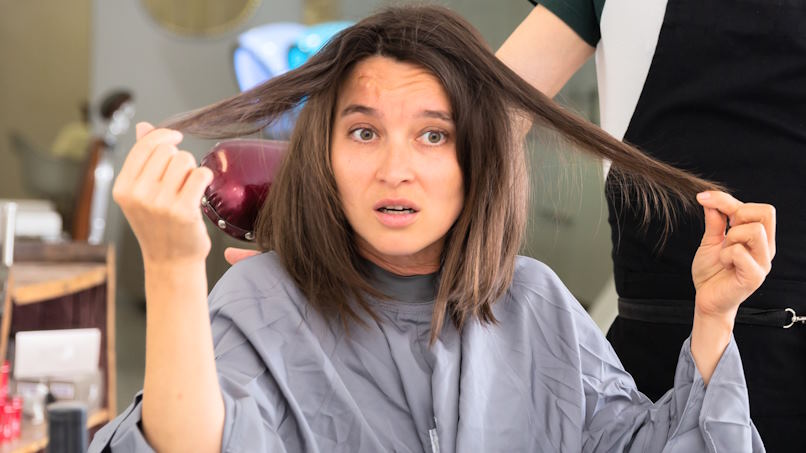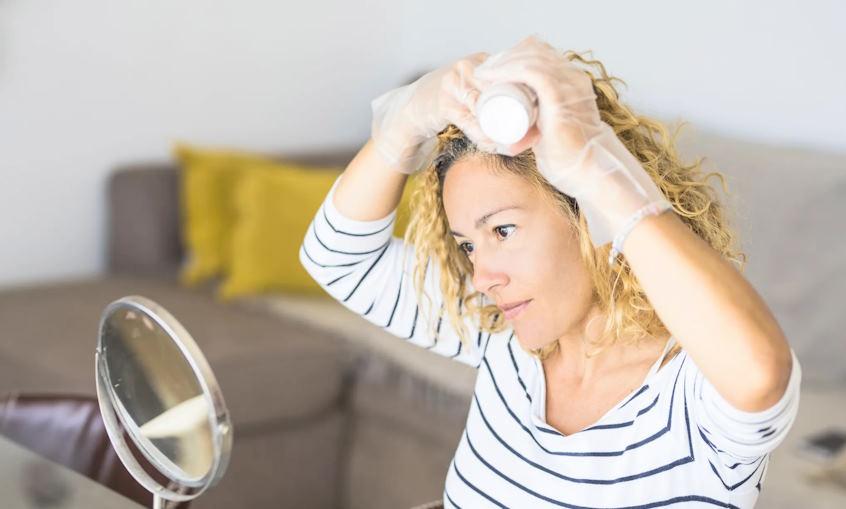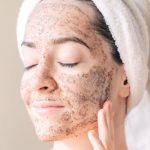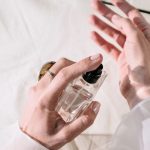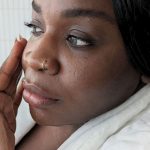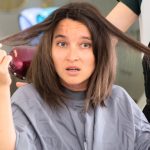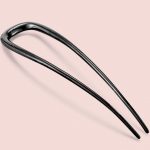Our hair is not just an essential part of our physical appearance; it’s also intimately linked to our sense of self-confidence and personal expression. Whether you’re looking to experiment with a bold new shade or simply cover up those pesky grays, hair color plays a pivotal role in defining your look and style. However, despite our best intentions and the expertise of professionals, hair color mishaps can happen to anyone. These mishaps can leave us feeling less than thrilled with our appearance, and that’s precisely where the need for effective hair color correction solutions comes into play.
Understanding Hair Color Mishaps
When it comes to hair color, things don’t always go according to plan. Whether you’re attempting a bold change at home or entrusting your locks to a new stylist, hair color mishaps can leave you feeling less than thrilled with the outcome. Understanding the types of mistakes that can occur and the underlying causes can help you navigate the world of hair color correction more effectively.
Types of Hair Color Mistakes
- Uneven Color: One of the most frustrating mishaps is uneven color. This occurs when certain sections of your hair absorb more color than others, resulting in a patchy or blotchy appearance. Uneven color can be especially noticeable with highlights or lowlights.
- Brassy or Orange Tones: If you’ve ever tried to go blonde and ended up with brassy or orange tones, you’re not alone. This common issue can arise due to improper toning, especially on darker hair.
- Overly Dark or Light Results: Sometimes, hair color can turn out much darker or lighter than anticipated. Going too dark can make you feel like you’re wearing a wig, while going too light can leave you looking washed out.
Causes of Hair Color Mishaps
- DIY Attempts: While DIY hair coloring can be cost-effective, it often leads to mishaps. Lack of experience, improper color mixing, and application errors can all contribute to unfavorable results.
- Inexperienced Stylists: Even when you visit a salon, inexperienced stylists can make mistakes. Misjudging your hair’s starting color, choosing the wrong products, or not applying color evenly are common pitfalls.
- Hair History and Condition: Your hair’s history, including previous color treatments and its overall condition, can significantly impact the outcome. Overly processed hair may react differently to color, leading to unexpected results.
Hair Color Correction Techniques
So, you’ve encountered a hair color mishap, and you’re wondering how to restore your mane to its former glory or achieve a new desired shade. Fear not; there are effective hair color correction techniques that can help you get back on track and embrace the look you crave. Let’s delve into these techniques:
Color Removal
- Bleaching and Lightening: When dealing with overly dark hair color, bleaching or lightening is often the go-to method. This process involves using chemicals to break down the existing color molecules, allowing you to gradually lighten your hair to the desired level. It’s essential to approach this technique cautiously to prevent excessive damage.
- Color Removers: Color removers are a gentler alternative to bleach, especially for those seeking to remove a previous color application. They work by shrinking the color molecules so they can be washed out. Keep in mind that color removers might not be as effective for extremely dark shades.
Toning
- Neutralizing Unwanted Tones: Toning is a crucial step in hair color correction, especially for those battling brassy or orange tones. Toners come in various shades, such as purple or blue, to neutralize unwanted undertones. For example, purple toners combat yellow or brassy tones in blonde hair.
- Choosing the Right Toner: Selecting the appropriate toner is essential. Consult with a professional to determine the best toner for your specific hair color issue. They can help you achieve the perfect balance and avoid overtoning, which can lead to unnatural shades.
Corrective Coloring
- Choosing the Correct Shade: Corrective coloring involves selecting a new hair color to balance out or cover up the mishap. It’s crucial to choose a shade that complements your skin tone and corrects the problem. A professional stylist can provide expert guidance.
- Applying the New Color: Corrective coloring should ideally be done by a skilled stylist who understands color theory and application techniques. They will ensure even coverage and natural-looking results.
Balayage and Ombre
Transitioning to a More Natural Look: If you’re looking to move away from a uniform color and transition to a more natural look, techniques like balayage and ombre can be your allies. These methods involve strategically placing highlights or lowlights to create a gradual, blended effect.
Aftercare and Maintenance
Congratulations! You’ve successfully navigated the hair color correction process, and your locks are now looking fabulous. However, the journey doesn’t end with the color correction; maintaining your newly achieved shade and hair health is crucial for long-lasting satisfaction. Here’s how to ensure your hair stays vibrant and healthy:
Proper Hair Care Routine
- Moisturizing and Conditioning: Invest in quality hair care products designed for colored hair. Regularly moisturize and condition your hair to prevent dryness and damage. Color-treated hair tends to be more porous, making it essential to keep it well-hydrated.
- Heat Protection: Heat styling tools can take a toll on your hair, especially if it’s been through a color correction process. Use heat protectants before styling to shield your locks from the damaging effects of heat. This step is crucial for preserving color vibrancy and minimizing breakage.
Professional Advice on Maintenance
Seek advice from a professional stylist on how to best maintain your hair color. They can recommend specific products, treatments, and routines tailored to your hair’s needs. Their expertise can make a significant difference in the longevity of your color and overall hair health.
Scheduled Touch-Ups and Follow-Up Appointments
Maintaining your hair color often involves touch-up appointments to ensure that regrowth or fading is addressed promptly. Discuss a maintenance schedule with your stylist, taking into account the specific needs of your hair color and growth rate. Regular appointments will help you keep your hair looking fresh and vibrant.

